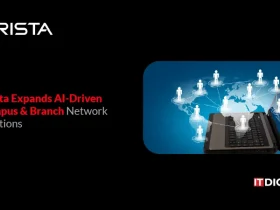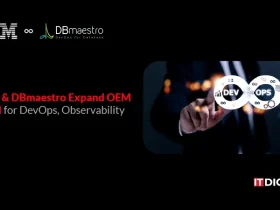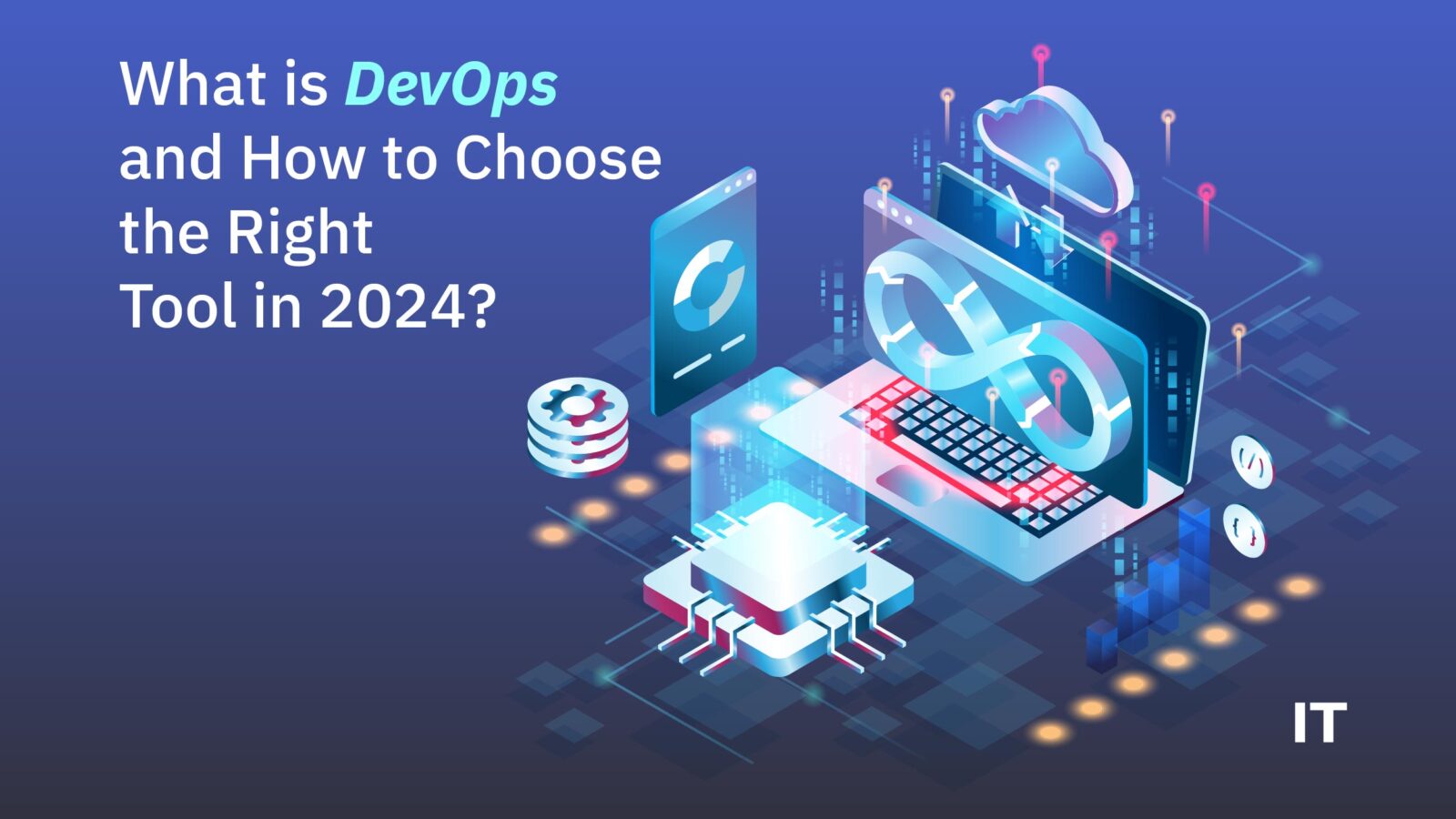DevOps isn’t just about tools—it’s a philosophy that emphasizes collaboration and transparency across all teams involved in software delivery. However, implementing this philosophy requires the right tools to break down communication barriers and foster trust. The ideal tools streamline automation and integrations across functional teams, ensuring a seamless, open, and scalable process.
This blog discusses in detail everything you need to know about this method.
What is DevOps?
DevOps, an abbreviation for development and operations, is a collaborative methodology that prioritizes communication, integration, and automation between software development and IT operations teams. Effective tooling is key to swiftly deploying and innovating for customers, automating manual tasks, managing large-scale environments, and maintaining control amidst rapid changes. This approach entails a set of practices, tools, and cultural principles aimed at automating and integrating processes, fostering team empowerment, cross-team communication, and technological automation. Its goal is to enhance code quality, expedite time to market, and optimize application planning.
What are DevOps tools?
DevOps tools are an array of software and technologies crucial for implementing development and operations practices. They automate tasks, handle complex environments, and facilitate fast, reliable deployment. Covering development, management, delivery, monitoring, and version control, these tools foster transparency, automation, and collaboration. They serve as central platforms for sharing information and technical expertise among development, operations, security, and business teams, ensuring efficiency throughout the lifecycle.
Key Components Of DevOps
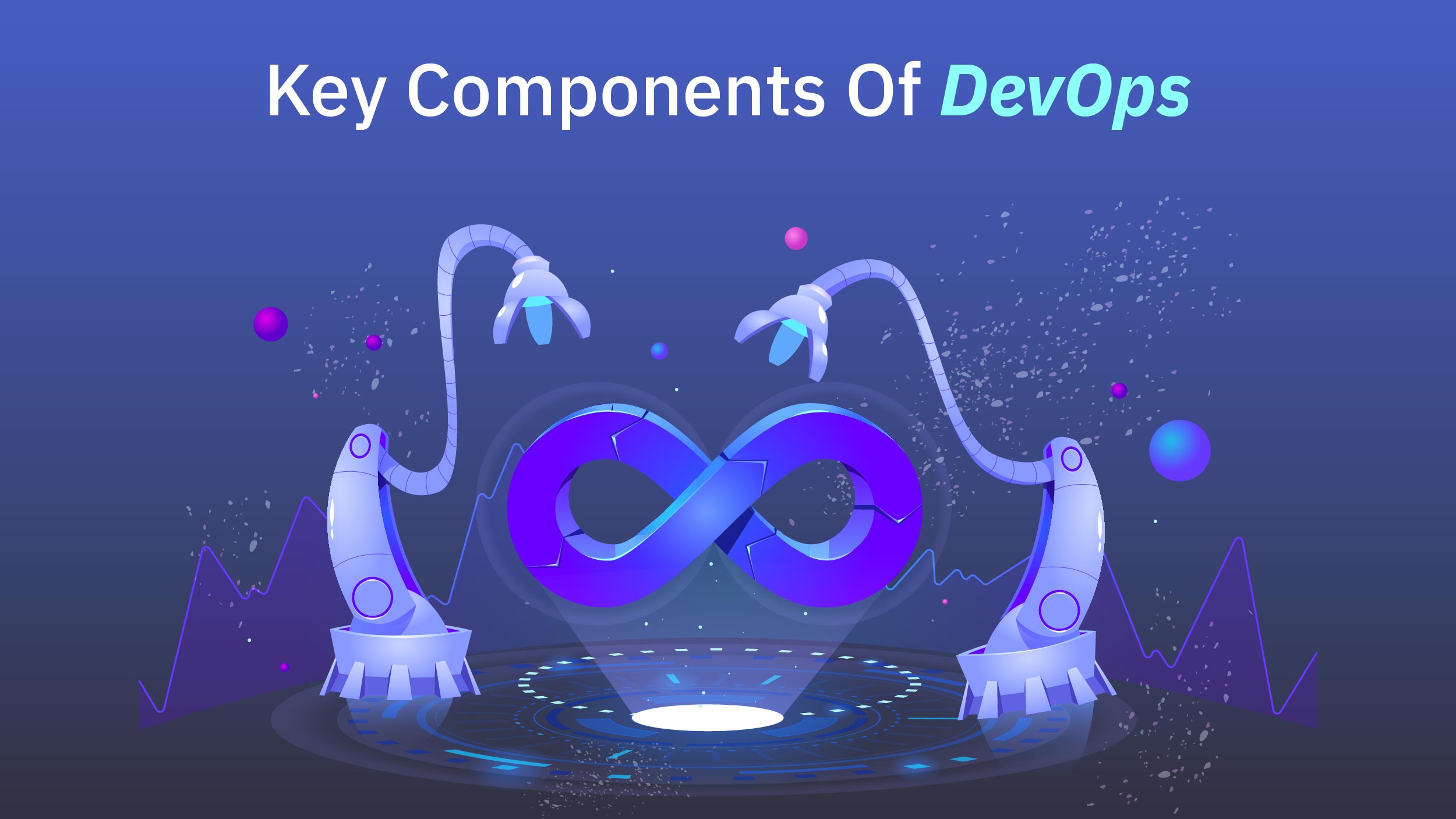 DevOps relies on core components that drive efficiency and collaboration in software development and IT operations, fostering a culture of continuous improvement. These components are vital for faster software delivery, enhanced reliability, and seamless collaboration between development and operations teams.
DevOps relies on core components that drive efficiency and collaboration in software development and IT operations, fostering a culture of continuous improvement. These components are vital for faster software delivery, enhanced reliability, and seamless collaboration between development and operations teams.
Also Read: What is Infrastructure as a Service and How Does it Work?
- Culture and Collaboration: It promotes a cultural shift that emphasizes collaboration and communication among development, operations, and other relevant teams. A shared responsibility culture built on trust is crucial for success.
- Automation: Automation plays a pivotal role by minimizing manual tasks and boosting efficiency. It encompasses automated build processes, continuous integration/continuous delivery (CI/CD) pipelines, and infrastructure provisioning.
- Continuous Integration (CI): CI automates the integration of code changes into a shared repository multiple times a day. Automated tests detect and address issues early in the development cycle.
- Continuous Delivery (CD): CD extends CI by automating the deployment and delivery of code changes to production or staging environments, ensuring deployability at all times.
- Microservices and Containerization: Development and operations often adopt microservice architecture and containerization (e.g., Docker) to modularize applications, making them more scalable and manageable.
- Infrastructure as Code (IaC): IaC enables automated provisioning and management of infrastructure resources using code. Tools like Terraform and Ansible ensure consistency across environments.
- Monitoring and Feedback: Continuous monitoring of applications and infrastructure is crucial for issue identification and feedback collection. Tools like Prometheus and Grafana provide insights into system health and performance.
- Feedback Loops: Establishing feedback loops is essential for ongoing improvement. Teams gather input from end-users, operations, and development to make informed decisions and refine processes.
- Security (DevSecOps): Security is integrated throughout the development and operations pipeline, with automated security testing and vulnerability scanning being common practices.
- Version Control: Version control systems (e.g., Git) track changes in code and configurations, facilitating collaboration, code review, and rollback capabilities.
- Agile Methodologies: Development and operations often align with Agile methodologies, embracing iterative and incremental development practices that adapt quickly to changing requirements.
- Knowledge Sharing and Documentation: Encouraging knowledge sharing through documentation and cross-training ensures team members are well-equipped to work efficiently.
- Scalability and Resilience: DevOps emphasizes planning for scalability and building resilient systems to handle unforeseen failures and increased workloads.
Benefits of DevOps
The advantages of DevOps are extensive and impactful. By facilitating seamless communication, collaboration, integration, and transparency between development and IT operations teams, it accelerates the release of new or updated software features to customers. It promotes shared responsibility, transparency, and prompt feedback, streamlining incident responses and enhancing teamwork. Moreover, development and operations enable faster delivery, shorter turnaround time, higher software quality, and improved collaboration, culminating in superior software outcomes.
Seven Best DevOps Tools in 2024
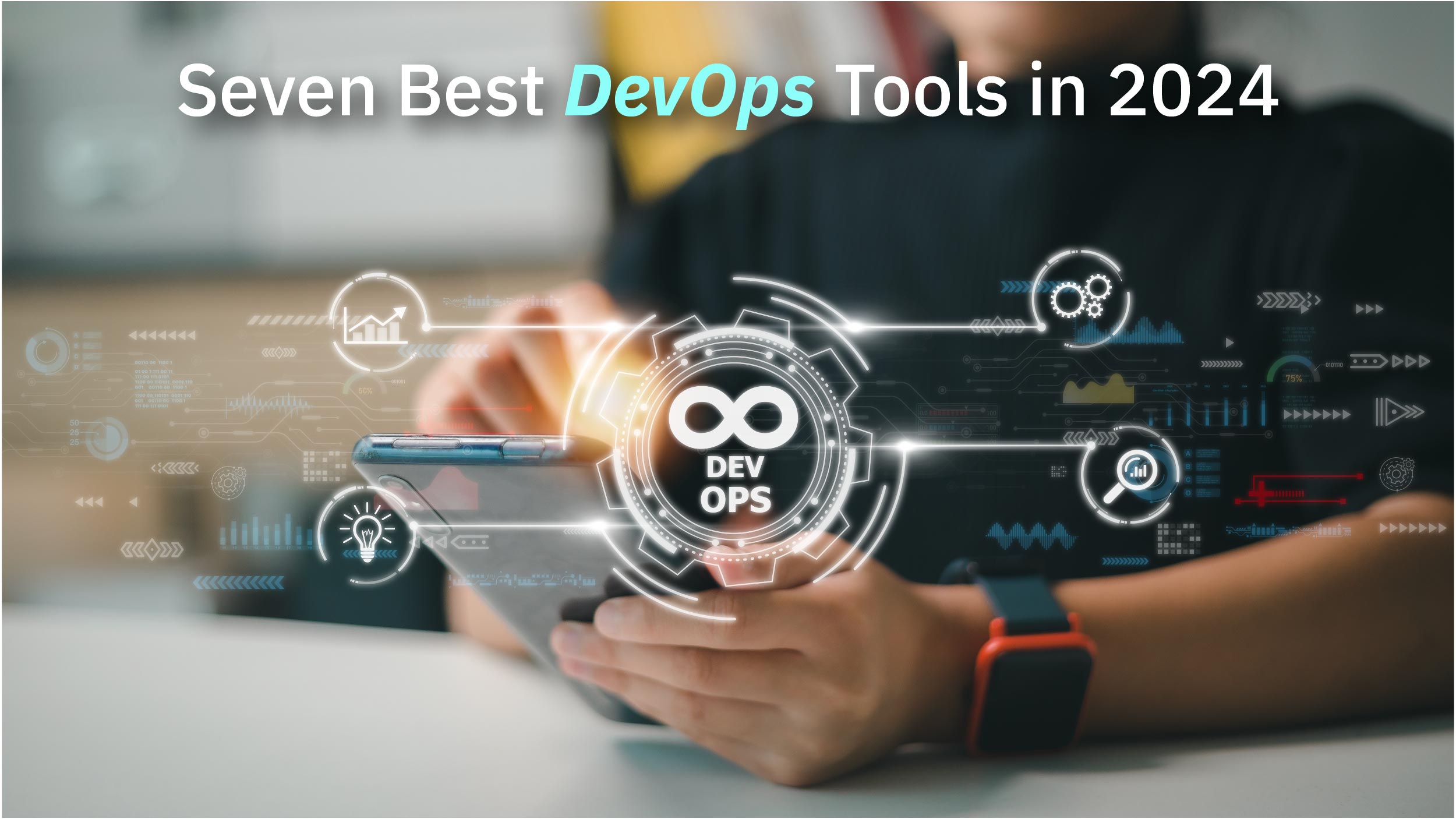 Now that we have a fair idea, let’s delve into some of the best tools available in the market.
Now that we have a fair idea, let’s delve into some of the best tools available in the market.
Maven
Maven remains indispensable in software development and development and operation due to its robust capabilities in managing project dependencies and streamlining project lifecycle management. By simplifying tasks like compilation, testing, packaging, and distribution in Java-based projects, Maven ensures consistent, reproducible builds, fostering efficient collaboration and high-quality software delivery.
Jenkins
Jenkins serves as a cornerstone in automation, enabling continuous integration and delivery pipelines. With its flexibility, extensibility, and vast plugin library, Jenkins automates building, testing, and deploying code changes, meeting the growing demand for efficient CI/CD processes in modern applications.
Chef
Chef plays a vital role in managing infrastructure as code, enhancing scalability, reliability, and speed. By automating server provisioning, configuration, and maintenance, Chef minimizes manual errors and ensures the desired infrastructure state. It seamlessly integrates with cloud providers and containerization technologies, catering to evolving tech landscapes and enabling teams to focus on innovation.
Puppet
Puppet simplifies the orchestration of complex IT infrastructures by defining infrastructure as code. It ensures consistency, repeatability, and continuous compliance across servers, cloud instances, and containers. Puppet reduces operational complexity, and errors, and accelerates software delivery, empowering organizations to efficiently manage and scale their infrastructure while maintaining security and compliance standards.
Ansible
Ansible stands out as a pivotal automation and configuration management tool in 2024, prized for its simplicity and adaptability. It empowers organizations to automate tasks, provision infrastructure, and manage configurations across diverse environments, making it invaluable for IT teams.
Its agentless architecture, declarative language, and extensive library of pre-built modules make it accessible to users of all levels. As organizations prioritize efficiency, scalability, and rapid deployment, Ansible emerges as a crucial DevOps tool, streamlining operations, fortifying security, and enabling infrastructure maintenance at scale. It reduces manual errors and enhances agility in a swiftly evolving tech landscape.
Docker
Docker plays a pivotal role in modern software development and development and operations, simplifying application management across environments. Docker containers encapsulate applications and their dependencies, ensuring consistent deployments from development to production. This approach enhances portability, scalability, and development cycles, addressing the notorious “it works on my machine” issue. In a dynamic software environment, Docker’s containerization approach remains vital for efficient, isolated, and flexible application deployment, thus becoming a cornerstone of DevOps and continuous delivery pipelines.
Kubernetes
Kubernetes, or K8s, is central to modern software development and operations, orchestrating containerized applications at scale. As organizations adopt microservices architectures and containerization, Kubernetes provides the essential infrastructure for deploying, scaling, and maintaining containers efficiently. Its resilience, self-healing capabilities, and support for hybrid and multi-cloud environments foster agility, reliability, and cost-effectiveness in application deployment. Serving as the backbone of cloud-native ecosystems, Kubernetes accelerates software delivery, optimizes resource utilization, and meets the evolving demands of the digital landscape.
How to Choose the Right Tool?
Choosing the right DevOps tools requires careful consideration of various factors tailored to your organization’s needs and goals. Here are some key aspects to consider:
- Application and Technology Infrastructure: Evaluate the compatibility of the tool with your application/software platforms and infrastructure technologies. Ensure it can work seamlessly across cloud, local, or hybrid environments.
- Developer Process Integration: Check if the tool can integrate with your existing development tools, IDEs, and project management platforms. Seamless integration enhances workflow efficiency.
- Open and Broad Integration: Look for tools that offer integration with a wide range of DevOps pipeline technologies, including testing frameworks, communication platforms, project management systems, and CI/CD tools. This flexibility ensures compatibility with your existing ecosystem and future scalability.
- Ease of Use and Scalability: Ensure that the tool is user-friendly and easy for your team to learn and implement. Scalability is also crucial to accommodate growth and evolving capabilities.
- License vs. Cost Models: Consider whether the tool is open-source or commercial and weigh the associated costs beyond licensing fees. Free tools may incur higher resource costs for deployment and maintenance. Understand the licensing model, whether it’s based on the number of seats or other metrics, to plan effectively and avoid future obstacles in scaling your development and operations pipeline across projects and teams.
Final Takeaway
DevOps represents a transformative approach to software development and IT operations, offering a comprehensive framework for achieving agility, efficiency, and innovation in today’s fast-paced digital landscape. By fostering a culture of collaboration, automation, and continuous improvement, development and operations empowers organizations to deliver high-quality software and services at an unprecedented pace, all while driving business growth and customer satisfaction.








